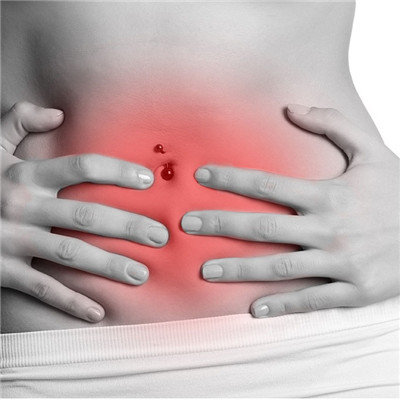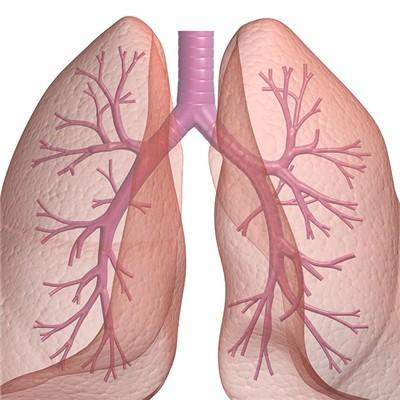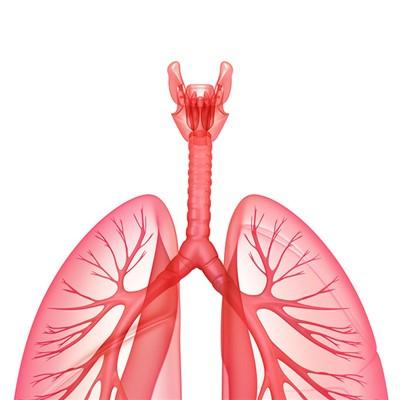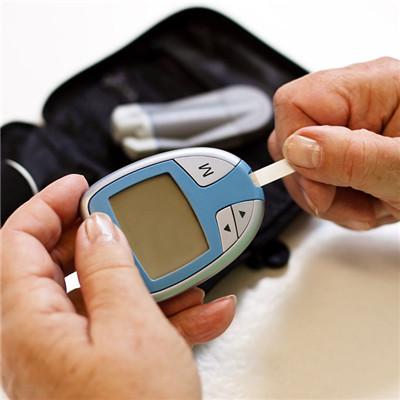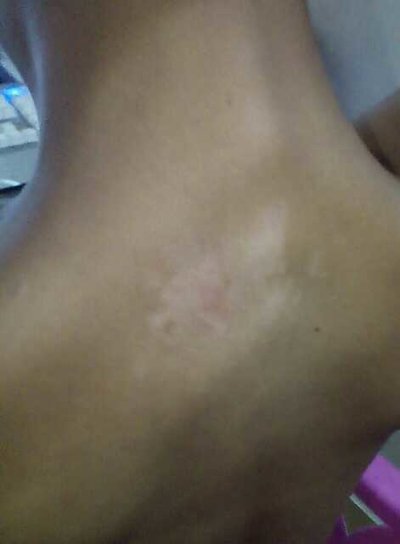Can AIDS be transmitted in asymptomatic period?
summary
AIDS is a very harmful infectious disease. If you suspect that you are infected with AIDS after high-risk behavior, like all infectious diseases, the transmission of HIV needs to have three conditions at the same time: source of infection, route of transmission and susceptible person. The transmission of the virus can only be realized when the body fluid exchange between the source of infection and the susceptible person through the transmission route makes the "large number of surviving" virus successfully enter the healthy person from the carrier side. Which aids asymptomatic period can infect?
Can AIDS be transmitted in asymptomatic period?
In the acute infection period, a small number of infected people will have influenza like symptoms, such as fever, laryngitis, rash, lymphadenopathy, etc. these symptoms will disappear naturally within 2-3 weeks.

Asymptomatic period, about 80% of the time from infection to death, when the infected people are HIV carriers, on the surface most people are healthy, but the body's immune system is struggling with the virus. The duration of asymptomatic period can be long or short, as little as 2 years, and as long as 20 years. The length of asymptomatic period is closely related to the route of infection. In general, the duration of asymptomatic period is 4-5 years in patients with blood infection (mainly illegal blood collection and sharing syringes), and 11-13 years in patients with coital infection.

When the immune cells in infected people are unable to compete with HIV, it marks the final stage of HIV infection, which is called symptomatic stage. At this time, most patients will have various opportunistic infections and secondary tumors, and most of them will die within 1 to 2 years. Because of the influence of the disease, the activity ability of patients in acute phase and AIDS is relatively weakened, and their transmission ability and scope are relatively reduced. Therefore, asymptomatic carriers are the main source of infection.

matters needing attention
High risk sexual behaviors through sexual route include unprotected sexual intercourse, multiple sexual partners, etc. High risk sexual behaviors through blood route are: intravenous drug use; Sharing syringes with others or other instruments that can pierce the skin; Use blood or blood products that have not been tested. The high-risk sexual behaviors through mother to child pathway are: HIV positive women pregnant and giving birth, breast-feeding, may cause children infected with HIV.

